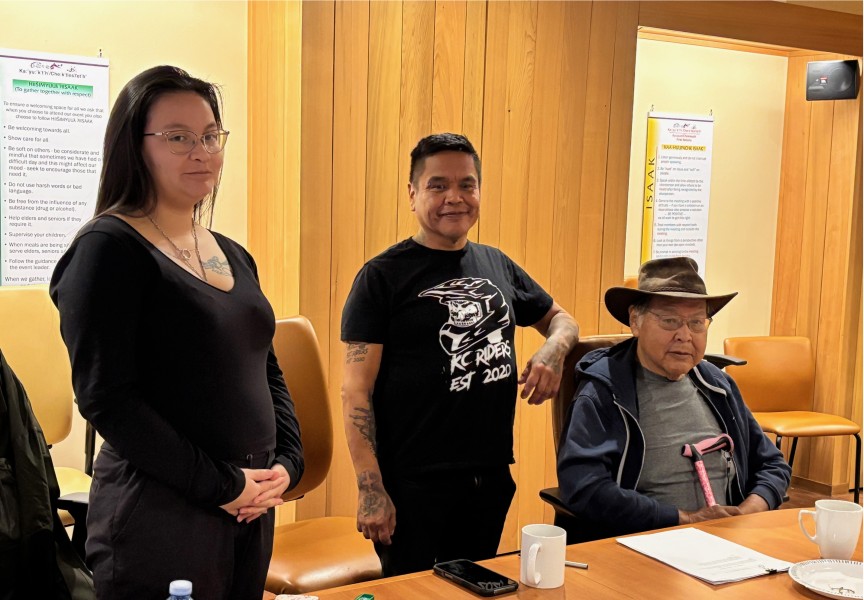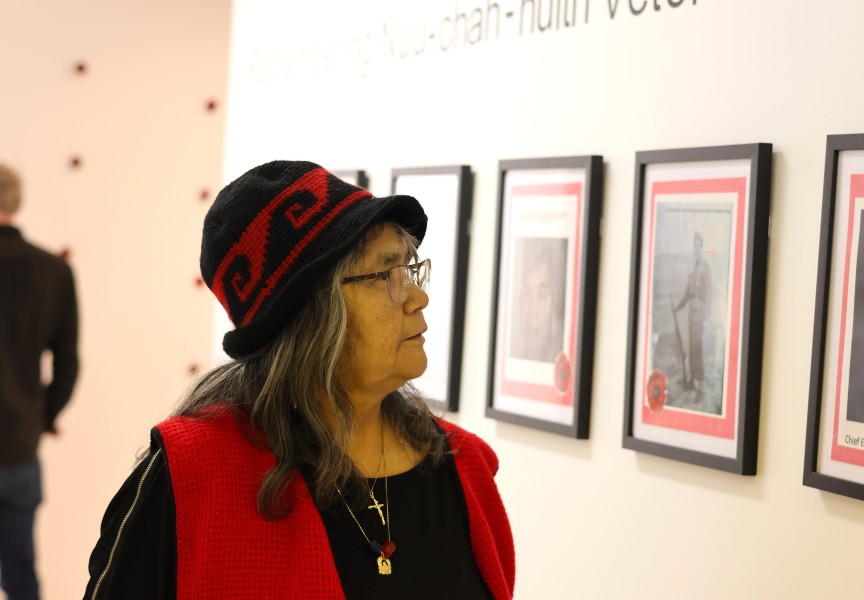Less than three weeks before the Oct. 24 provincial election, Premier John Horgan unveiled the NDP’s platform, rich with promises to help families recover from economic losses from the COVID-19 pandemic.
But as the Horgan seeks to follow the last three and a half years of minority government with the Green Party by solidifying a majority in the B.C. legislature, the jury remains out over the NDP’s capacity to benefit the province’s Indigenous citizens to the same degree as everyone else.
Robert Dennis Sr., chief councillor of the Huu-ay-aht First Nations, believes that since the NDP-Greens came into power in the summer of 2017 the overall economic standard for people in the province has improved, but Aboriginal citizens remain far behind.
“If you look at median income of the average British Columbian, there’s quite a gap between us and them,” he said.
After 16 years of majority rule under the B.C. Liberals, the Green-NDP alliance brought in lofty expectations to empower First Nations. Mid-Island MLA Scott Fraser was named minister of Indigenous Relations and Reconciliation, who oversaw the passing of Bill 41 in November 2019. The Declaration on the Rights of Indigenous Peoples Act affirmed the self-determination and territorial rights of First Nations, and made B.C. the first province to pass legislation based on the United Nations Declaration on the Rights of Indigenous Peoples.
But progress on enacting the new law has been slow, observed Judith Sayers, president of the Nuu-chah-nulth Tribal Council.
“What we have not seen is implementation of that law,” she said. “There’s been a lot of really good words put in place by this government, a lot of expectations built that I don’t think they lived up to.”
“It’s been slow. From Ahousaht’s perspective there’s been some challenges with some nations’ interpretation of Bill 41,” noted Greg Louie, chief councillor of the Ahousaht First Nation, adding that the government’s ability veto matters remain a concern with the legislation. “There is some concern with how it may still favour the province.”
Sayers noted recent pieces of legislation involving mines, child welfare and clean energy that failed to consult with First Nations, which is a requirement under DRIPA. The minority dynamic prevented these laws from being passed, said NTC Vice-President Mariah Charleson.
“When the NDP tried to push through these acts amending them, the B.C. Greens listened to First Nations, they understood our concerns, and they put a stop to it,” she said.
One accomplishment the government can take into the election is a 2019 agreement that provides seven per cent of the province’s revenue from gambling activities to First Nations. This amounts to approximately $200 million annually among 203 tribal governments.
Then in September of this year the province announced the paving of the 90-kilometre logging road to Bamfield. This came after years of lobbying from the Huu-ay-aht and Bamfield community, and the news came almost year after two University of Victoria students were killed in a bus crash on the road. The Huu-ay-aht have also lost eight members on the dangerous passage since the road opened in the 1970s.
With a budget of $30.7 million, $5 million is being provided by the Huu-ay-aht, who expect that a safer route to their village of Anacla will boost economic ventures.
“The road gives the Huu-ay-aht an opportunity to participate in the local economy in a more significant way,” said Dennis - although be believes that the minority government held up the process. “If NDP was a majority, I think the road would have gone through a lot sooner.”
Horgan has said that the decision to call the election, which goes against language in the NDP-Green agreement from 2017, was made partly due to challenges in progressing government initiatives without a majority. But some Nuu-chah-nulth leaders see this need for compromise as a benefit to the nations.
“I think it has been good, I haven’t seen it being unstable,” said Sayers of the past three and a half years. “John Horgan wants a majority to do things he wants to do, but then who’s going to hold him back when he does things that we don’t think he should be doing?”
“I know that Ahousaht put a lot of pressure on this government,” said Louie. “We were very cognizant of the minority government...with the election looming in the back, it was always on our radar.”
It was during an annual provincial gathering of First Nations representatives and government officials last year that Ahousaht councillors and hereditary chiefs notified the province of the need to start reconciliation negotiations, which includes a long list of outstanding matters with the First Nation. Two meetings were held before the election was announced.
“There’s greater accessibility,” said Louie of the last provincial government. “We have always had Scott Fraser on speed dial, and he’s been open - when he’s available - to give us a minute or two.”
Sayers isn’t convinced that the NDP-Green government has been better for First Nations than the Liberals.
“I think overall they want to work with Indigenous people - but I don’t know if they don’t know how, they don’t have the patience, or they just can’t live up to the expectations of things that we think exist in UNDRIP and in the declaration,” she said. “Reconciliation, all of those things we haven’t seen happen.”







